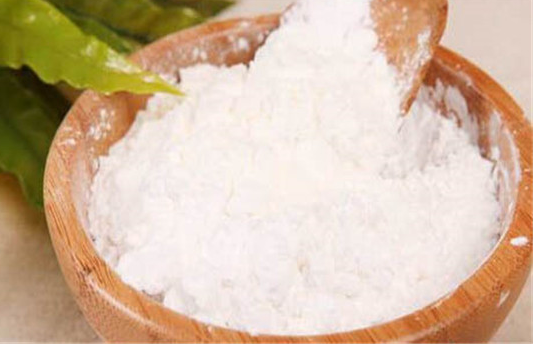1. First, the cassava is thoroughly washed to ensure that impurities do not affect the quality of the final starch. Rinse the cassava repeatedly with clean water to remove surface dirt and impurities.
2. The washed cassava needs to be crushed. This step has a major impact on the texture of the final starch. To make it at home, cut the cassava into small pieces and use a grinder to grind it into a pulp.
3. Crushed cassava pulp needs to be dehydrated to remove excess water. At home, you can use the precipitation method. Pour the cassava slurry into a sink or bucket and let it sit for a while to allow the starch to settle to the bottom, then dump off the excess water to get wet tapioca flour.
4. Wet tapioca needs to be dried. Generally, wet tapioca can be dried in the sun. Spread the wet cassava flour on a clean airing net, place it in well-ventilated sunlight, and turn the cassava flour regularly until it is completely dry. This process takes time and patience.
5. The dried cassava flour can be further ground and refined to obtain a finer starch. Using a grinder or stone mill, finely grind the tapioca flour several times to the desired fineness.
Huatai starch processing machinery supply cassava starch process, wheat starch line, potato starch production, any need please email to info01@cnoilmachine.com
